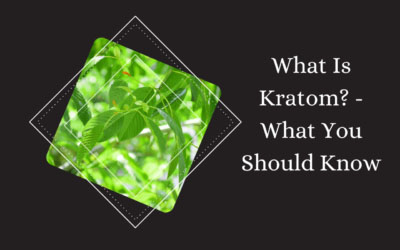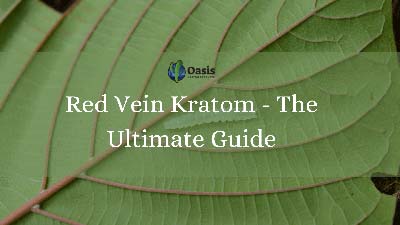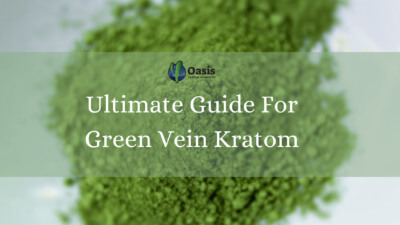Humans are inherently curious, so when we see something new to us, like kratom and Delta 8, we yearn to know more about it. This is evidenced by the growing popularity of kratom each day across the United States. If you love kratom, then there’s no doubt that you’ve also heard about another product gaining traction called Delta 8. Kratom and Delta 8 are two very distinct products that have different active compounds, but how exactly do they work and where do they come from?
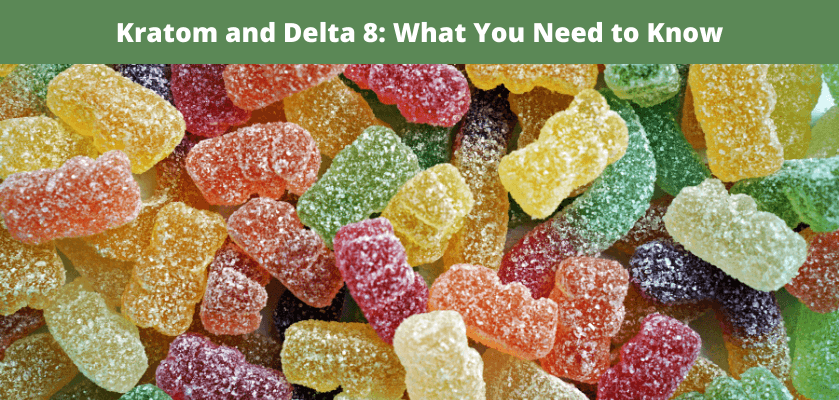
Here’s what you need to know about kratom and Delta 8 to help you understand each a little better and assuage some of that natural human curiosity along the way!
All About Kratom and Delta 8
To dive into the differences between kratom and Delta 8, it’s important to first know what each is and where it comes from.
Kratom
Kratom is a tree that grows in Southeast Asia. It is a member of the coffee family. Today, you find it cultivated in Thailand, Malaysia, and Indonesia, but it’s been used in the region for centuries as an important cultural cornerstone.
Kratom leaves are harvested from the trees, then ground into powder. You may notice that you can find different varieties of kratom, mostly associated with color. There are three main types of colors as far as kratom is concerned, though you can find specialty colors such as yellow as well. The three main colors of kratom are:
- White – White-veined kratom is produced from leaves that are harvested early in their lifecycle.
- Green – Green-veined kratom is made from leaves that have been harvested in the middle of the life cycle.
- Red – Red-veined kratom is cultivated from leaves that are plucked at their most mature.
How long the leaves are left to grow on the tree impacts the alkaloid profile within the leaves. The two main alkaloids that kratom is known for are 7-hydroxymitragynine and mitragynine. You will usually find a more robust alkaloid profile in leaves that were grown for longer like with red-veined. However, the specialized alkaloid profile in white and green makes it very popular with kratom lovers.
Delta 8
Delta 8, which you may see also referred to as Delta 8 THC, is a compound found in cannabis and hemp plants. Delta 8, which has the chemical name tetrahydrocannabinol, is extracted through the isolation of Delta 9 from hemp plants. These extracts are then used to make products such as tinctures, vapes, and gummies. You often hear it talked about in conjunction with Delta 9, but it’s important to know that it’s far less potent than Delta 9 since it is an isomer of it. What that means is that while they may chemically be very similar, they are different from one another.
The Legality of Kratom and Delta 8
One very important issue to understand about both kratom and Delta 8 is whether or not they’re legal where you live. Kratom is legal on a federal level, but the government has left it up to individual states as to whether to allow it or not. There are some states, such as Rhode Island and Indiana, where kratom is not legal to buy or possess. Some cities and municipalities also do not allow it, so it’s crucial to research the legal status of kratom in your area if you’re new to it.
As far as Delta 8 is concerned, it is also legal at the federal level. The reasoning is that it is derived from hemp and not marijuana since marijuana is illegal federally even though some states have decriminalized marijuana or made it legal to buy and possess. In some places, hemp-derived Delta 8 is the only product you can get since it doesn’t have THC in it and is similar instead to CBD, which has less than 0.03 percent THC in it.
However, it’s also important to check the legal status of Delta 8 where you live. In some places, it is allowed to be used for medical purposes only, and in others, like Delaware, Rhode Island, and Utah, it is illegal to buy and possess Delta 8 THC altogether.
What About Drug Tests?
Many people want to know if kratom and Delta 8 can show up on a drug test. The answer can be a bit complicated. Some specific tests can identify substances such as kratom, like a 10-panel drug test. But common drug tests such as blood, saliva, or hair tests don’t commonly test for kratom. And many factors can influence how long kratom can be detected such as how much you weigh, how your liver functions, and how old you are.
Delta 8 is also detectable on a 10-panel drug test. However, unlike kratom, it is detectable on urine, hair, and saliva tests. The THC component of Delta 8 can be detected for up to 30 days depending on factors such as weight and age.
Buying Kratom and Delta 8
If you’re interested in buying kratom and Delta 8, and they’re legal in your area, then you have a lot of choices. You can buy from tobacco shops, dispensaries, smoke shops, and vape shops in your area. There are also many options for online vendors that will supply quality kratom and Delta 8 to you.
One advantage of ordering online is that they often have kratom and Delta 8 at lower prices than you will find in stores. That is because they do not have the costs associated with running a brick-and-mortar store, so they’re able to pass those savings onto you.
Also, when buying kratom, make sure you look for a vendor that is a member of the American Kratom Association, like Oasis Kratom. If you do, then you are guaranteed to get quality, pure kratom that follows the guidelines of the AKA.
No matter which you decide is right for you, kratom or Delta 8, don’t forget that Oasis Kratom is here to help you gain a deeper understanding of the products you buy.



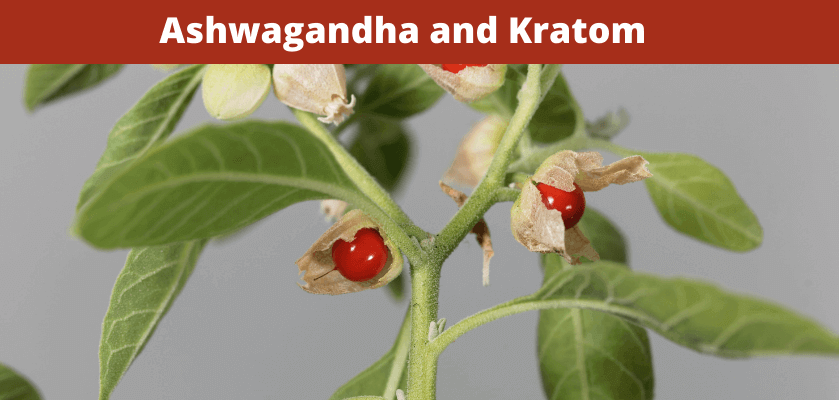 Ashwagandha and Kratom – What You Should Know
Ashwagandha and Kratom – What You Should Know
 Where To Buy Quality Kratom In San Diego: Supreme Choice2
Where To Buy Quality Kratom In San Diego: Supreme Choice2
